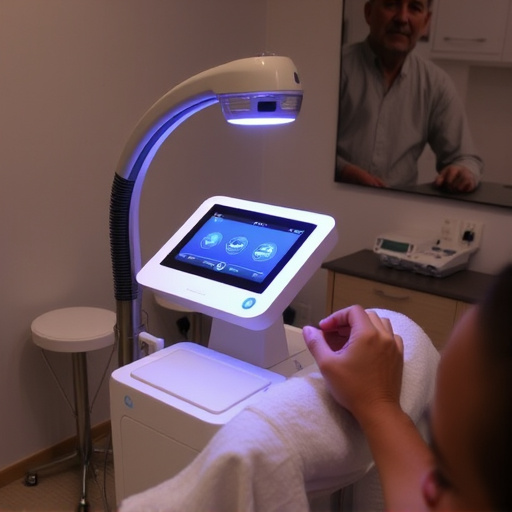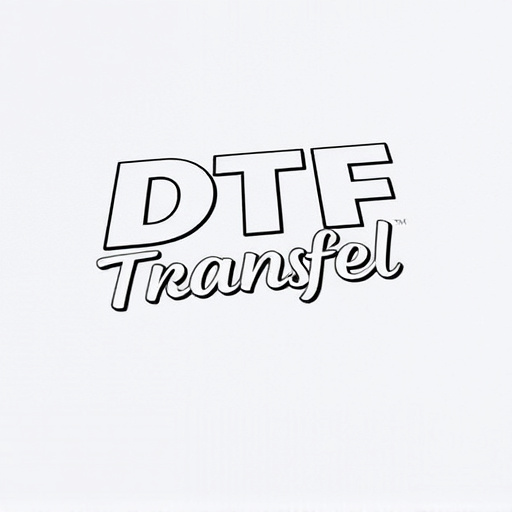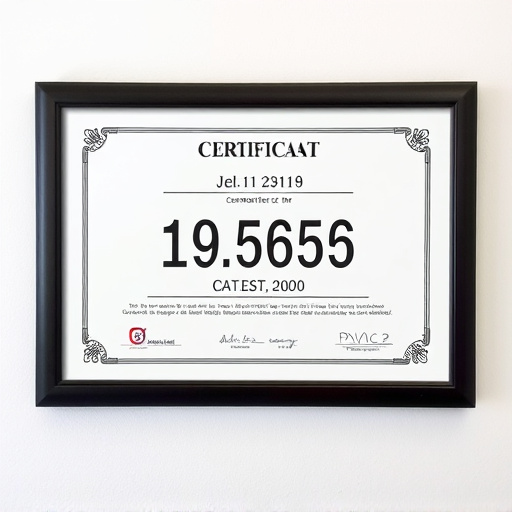Professional intake installation, a dealership service, optimizes vehicle performance and safety through precise automotive system setup. Benefits include enhanced efficiency, accuracy, and reduced risks. Understanding the professional intake installation cost, focusing on labor expenses and system complexity, is crucial for effective budgeting. Efficient dealership operations depend on skilled technicians managing labor during this process, despite initial high costs. Strategic considerations include scheduling, training, and task allocation to streamline new vehicle preparation. Upfront evaluation of labor costs and other variables ensures effective budgeting, informed decisions, and a balanced focus on quality, efficiency, and affordability, ultimately leading to improved operational efficiency and higher customer satisfaction.
In today’s competitive automotive landscape, a dealership’s success hinges on efficient operations. Professional Intake Installation (PII) stands out as a strategic investment, offering numerous benefits from enhanced vehicle performance to improved fuel efficiency. This article delves into the intricacies of PII, exploring its advantages and costs, while dissecting labor considerations crucial for optimal dealership performance. We provide a comprehensive analysis of installation costs, guiding you in maximizing return on investment.
- Understanding Professional Intake Installation: Benefits and Costs
- Labor Considerations for Efficient Dealership Operations
- Maximizing Return on Investment: A Comprehensive Look at Installation Costs
Understanding Professional Intake Installation: Benefits and Costs

Professional intake installation, a specialized service offered by dealerships, involves the careful and precise setup of various automotive systems and components. This process is crucial for ensuring optimal vehicle performance and safety. Benefits include improved efficiency through streamlined processes, enhanced accuracy in system configurations, and reduced risks of errors or damage during installation. Professional installers possess the expertise and tools to handle complex tasks like engine management, emissions control, and infotainment systems, ensuring they meet manufacturer specifications.
While the advantages are significant, understanding the associated costs is essential for vehicle owners. The professional intake installation cost can vary based on several factors, including labor rates, the complexity of the system, and the make and model of the vehicle. Labor expenses are a substantial component, as skilled technicians dedicate their time to ensure every detail is executed correctly. As such, owning a clear breakdown of costs before proceeding with the installation is beneficial for budgeting purposes.
Labor Considerations for Efficient Dealership Operations

Efficient dealership operations rely heavily on well-managed labor, especially during professional intake installation. While the initial cost of intake installation can be a significant investment, it pales in comparison to the ongoing operational savings and improved efficiency it brings. Skilled technicians dedicated to this process streamline the handling of new vehicles, ensuring each car is properly inspected, configured, and ready for customer delivery. This meticulous attention to detail not only reduces potential errors but also minimizes downtime, maximizing productivity.
Considerations for labor include scheduling, training, and assigning tasks efficiently. Well-organized labor allocation ensures that every step of the intake installation process is executed promptly, from vehicle disassembly to final checks. Investing in comprehensive training programs equips employees with the necessary skills to handle various makes and models, fostering adaptability and flexibility within the workforce.
Maximizing Return on Investment: A Comprehensive Look at Installation Costs

When considering dealership installations, understanding the comprehensive look at installation costs is crucial for maximizing return on investment. Professional intake installation involves more than just the initial hardware and software setup; it includes labor costs for skilled technicians who ensure every component is properly integrated and functioning optimally. These expenses can vary widely based on factors like the complexity of the system, size of the dealership, and specific requirements.
Evaluating these costs upfront allows business owners to budget effectively and avoid unexpected financial surprises. By breaking down the installation cost into its components—software licenses, hardware procurement, and labor—dealers can make informed decisions that balance quality, efficiency, and affordability. This strategic approach ensures that investment in professional intake installation translates directly into improved operational efficiency and higher customer satisfaction.
Professional intake installation plays a pivotal role in streamlining dealership operations and enhancing customer satisfaction. By understanding the benefits, costs, and labor considerations involved, dealerships can maximize their return on investment. Efficient intake processes not only reduce time and resource waste but also contribute to improved vehicle diagnostics and service quality. Investing in professional intake installation is a strategic move that can elevate the overall customer experience and set dealerships apart in a competitive market.














